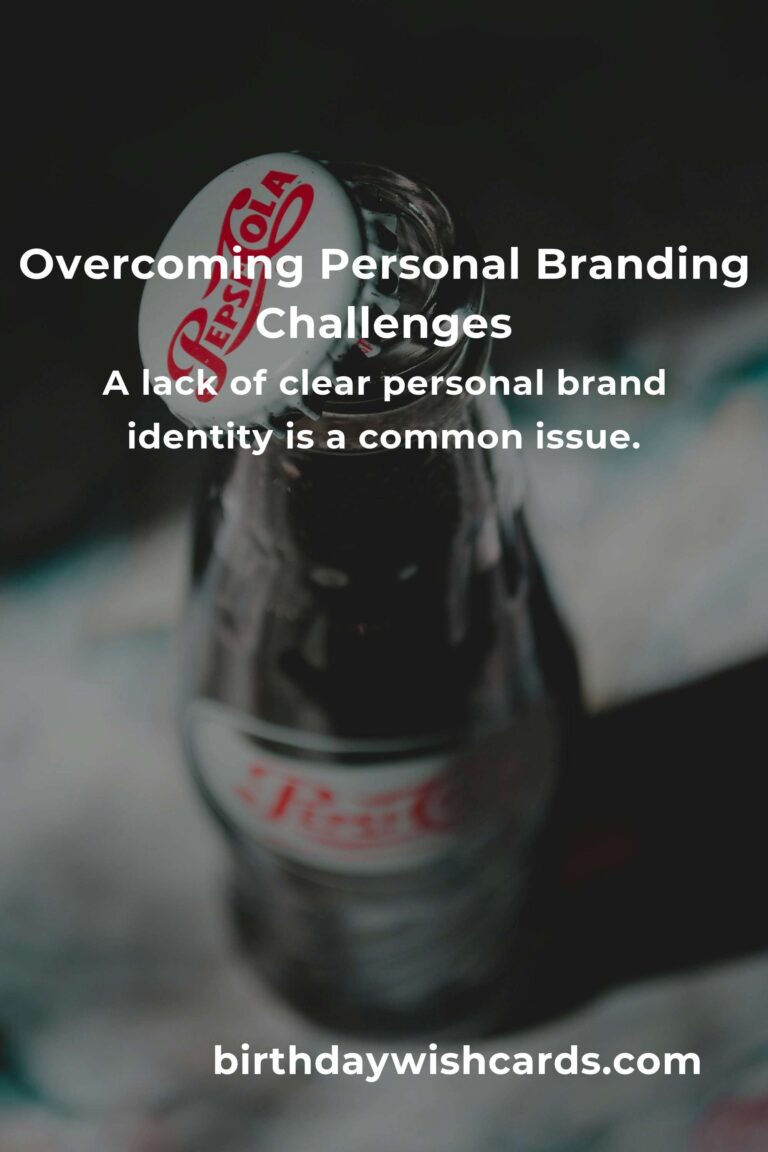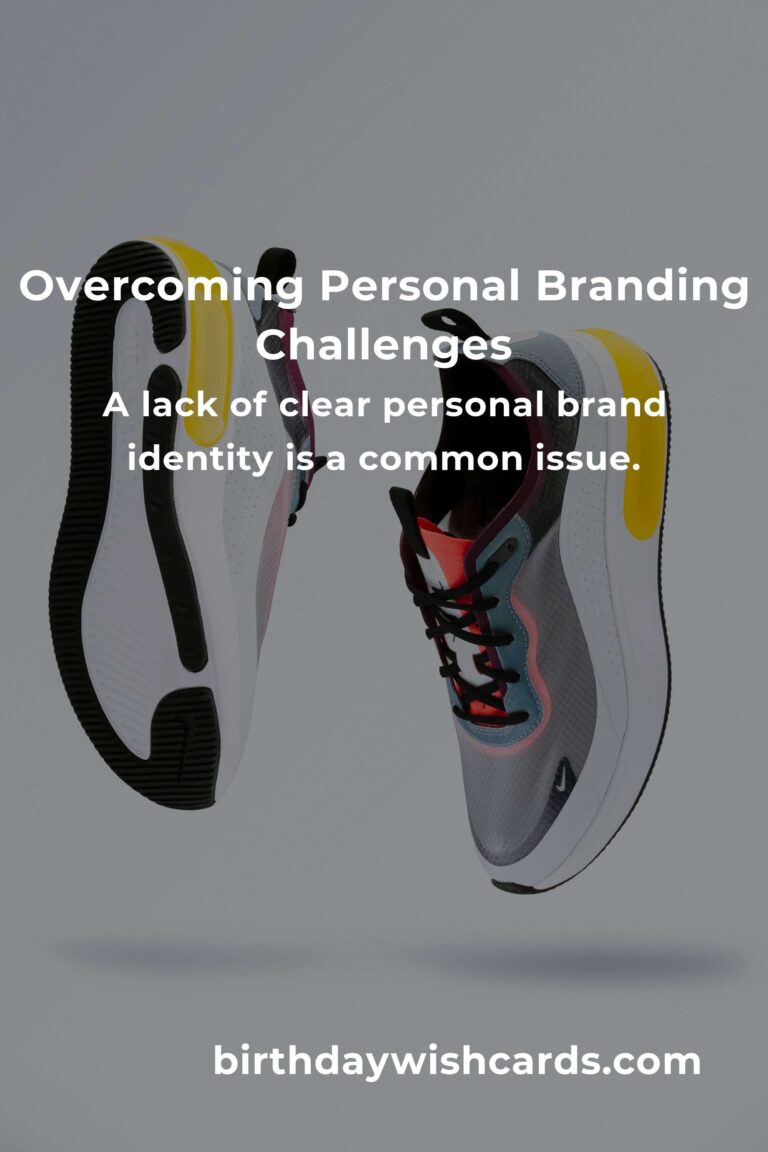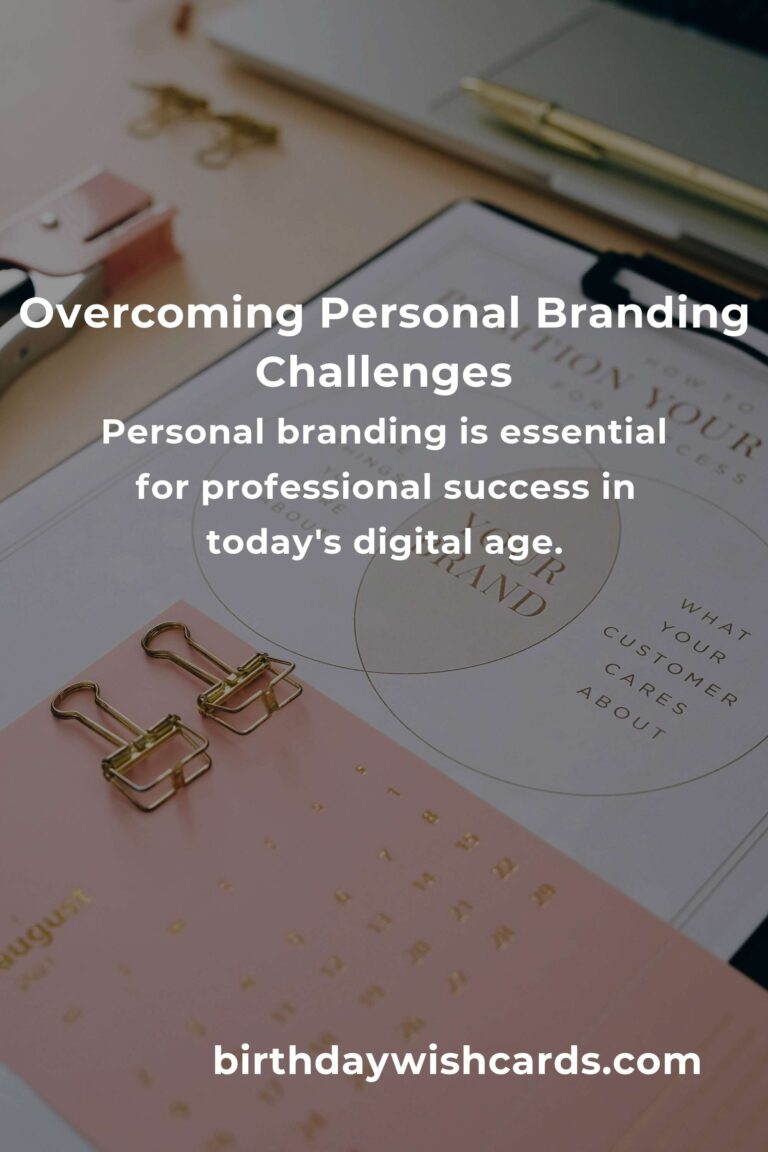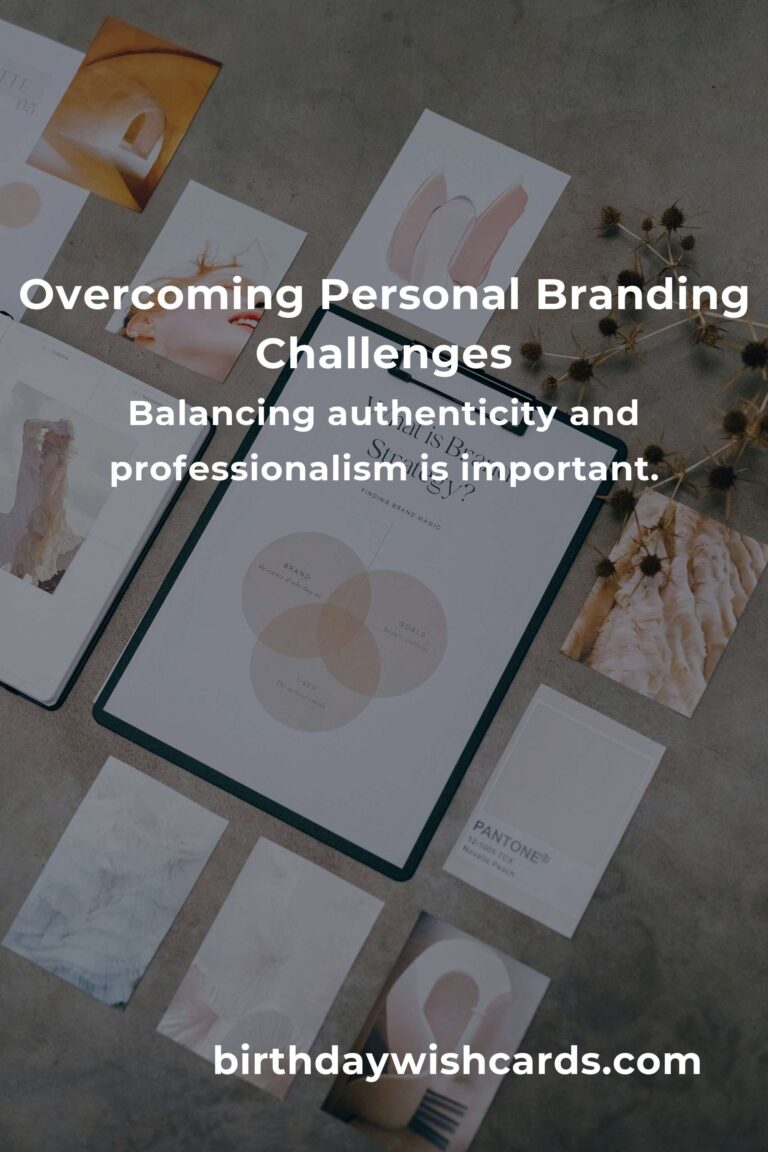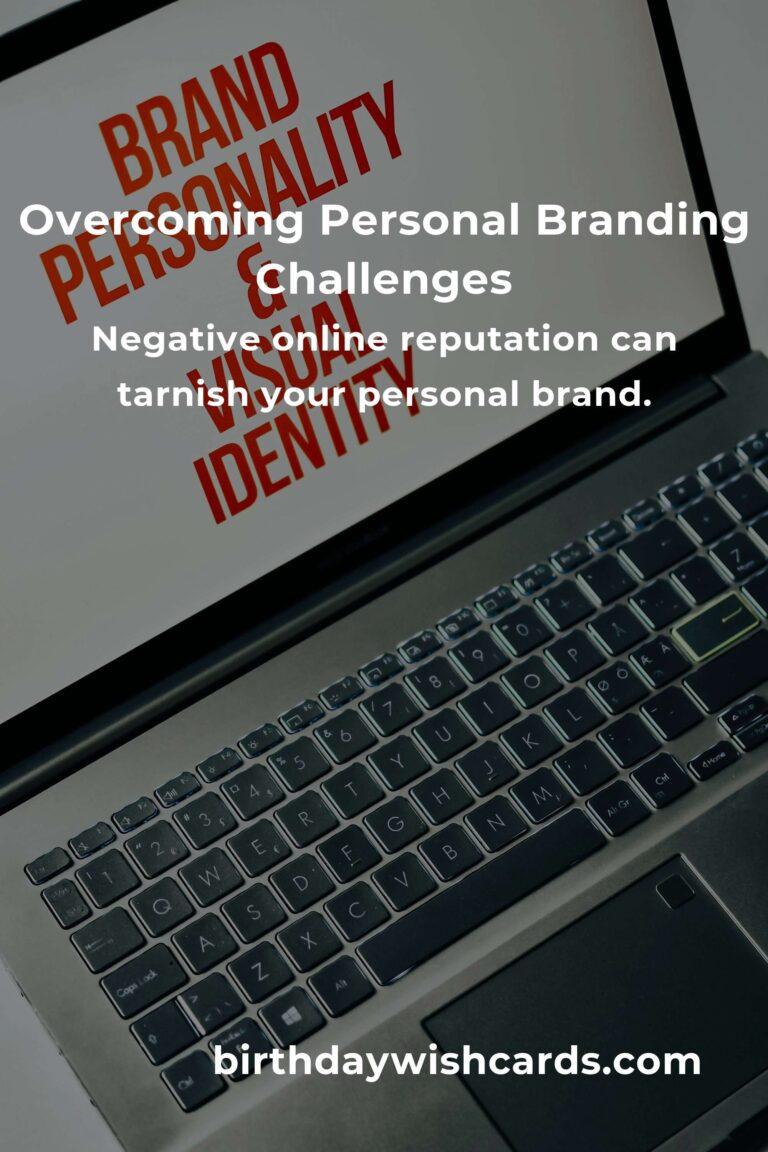
In today’s digital age, personal branding has become an essential part of professional success. Whether you’re an entrepreneur, a freelancer, or a corporate employee, a strong personal brand can set you apart from the competition and open doors to new opportunities. However, building and maintaining a personal brand comes with its own set of challenges. In this article, we will explore common personal branding problems and provide practical solutions to overcome them.
1. Lack of Clear Personal Brand Identity
One of the most common issues individuals face is the lack of a clear personal brand identity. Without a well-defined brand, it’s challenging to convey your unique value to your target audience.
Solution: Start by identifying your core values, strengths, skills, and passions. Consider how these elements differentiate you from others in your field. Create a personal mission statement that encapsulates your brand identity and use it as a guide in all your branding efforts.
2. Inconsistent Online Presence
Inconsistency across different online platforms can confuse your audience and dilute your brand message.
Solution: Conduct an audit of your current online presence. Ensure that your profiles on social media, professional networks, and personal websites are up-to-date and reflect your brand consistently. Use the same profile picture, bio, and keywords to reinforce your brand identity.
3. Difficulty in Engaging the Target Audience
Engaging your target audience is crucial for building a strong personal brand, but many struggle with this aspect.
Solution: Understand your audience’s needs and preferences. Create content that provides value, solves problems, or entertains. Engage with your audience by responding to comments, participating in discussions, and asking for feedback. Use analytics tools to measure engagement and adjust your strategy accordingly.
4. Overcoming Negative Online Reputation
Negative comments, reviews, or misinformation can tarnish your personal brand reputation.
Solution: Monitor your online presence and address negative feedback promptly and professionally. If necessary, seek to resolve issues offline. Consistently produce positive content to overshadow negative perceptions and rebuild trust with your audience.
5. Balancing Authenticity and Professionalism
Finding the right balance between authenticity and professionalism can be tricky. Being too casual can appear unprofessional, while being too formal can seem insincere.
Solution: Define the tone and voice of your personal brand. Aim to be genuine and relatable while maintaining a level of professionalism appropriate for your industry. Share personal stories and experiences that align with your brand values without compromising your credibility.
Conclusion
Personal branding is a continuous process that requires attention and adaptation. By addressing these common challenges and implementing the suggested solutions, you can build a strong, authentic, and impactful personal brand that resonates with your audience and enhances your professional journey.
Personal branding is essential for professional success in today’s digital age. A lack of clear personal brand identity is a common issue. Inconsistent online presence can dilute your brand message. Engaging your target audience is crucial for a strong personal brand. Negative online reputation can tarnish your personal brand. Balancing authenticity and professionalism is important.
#PersonalBranding #ProfessionalSuccess #DigitalAge #BrandIdentity #OnlinePresence #AudienceEngagement #ReputationManagement #Authenticity



